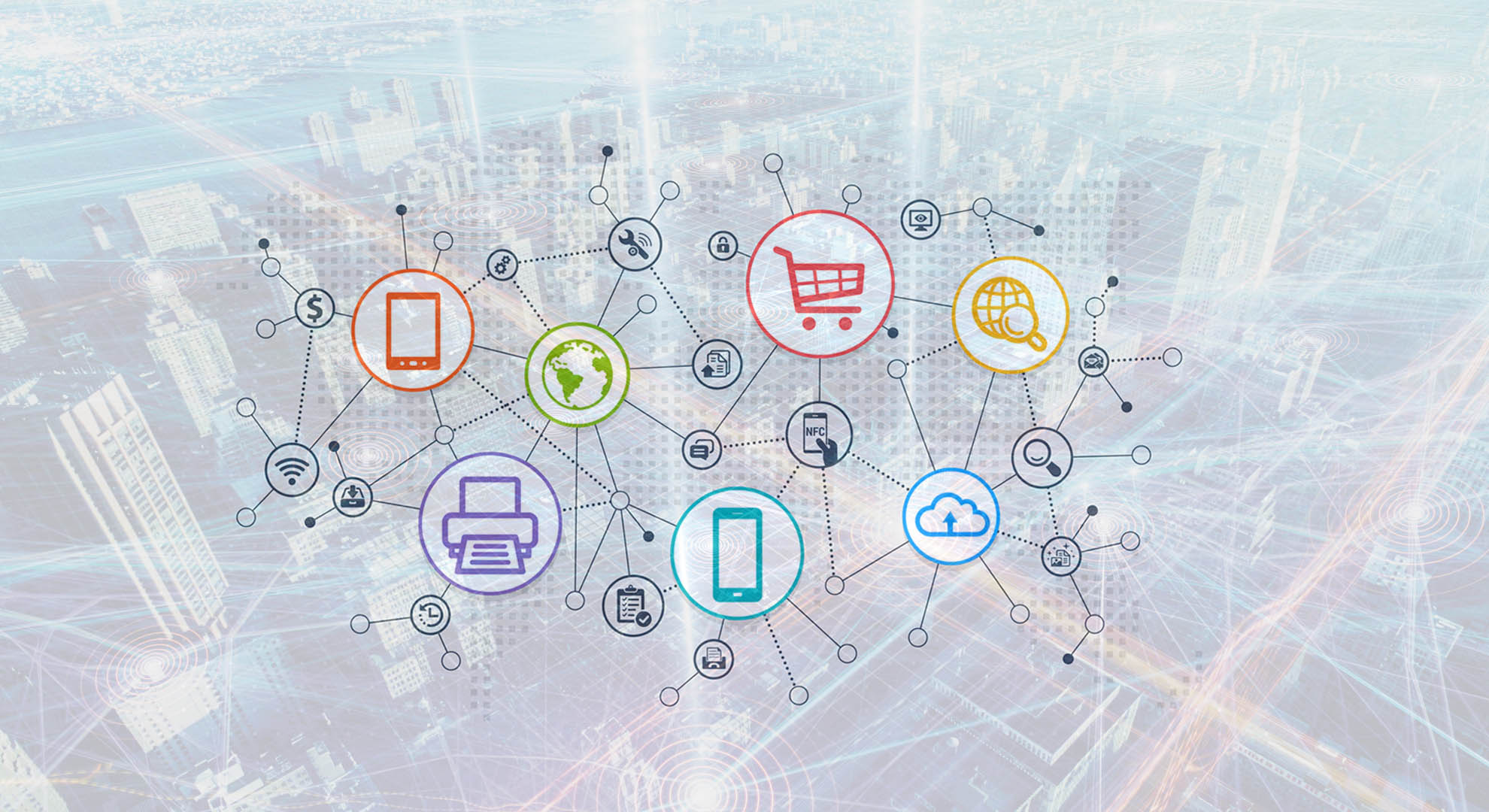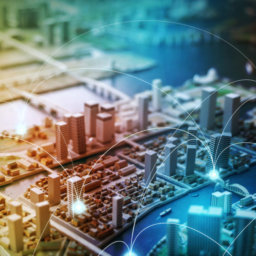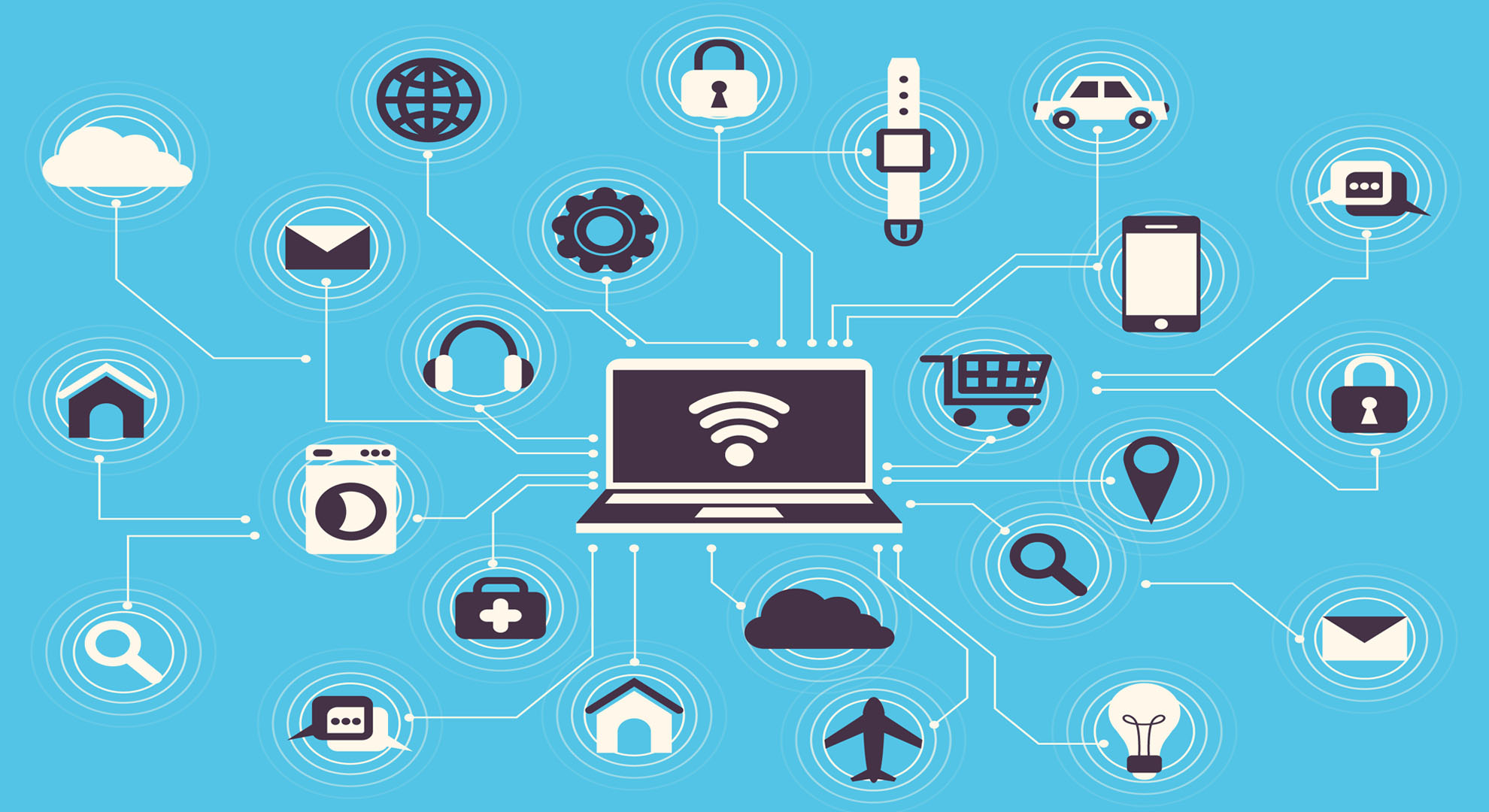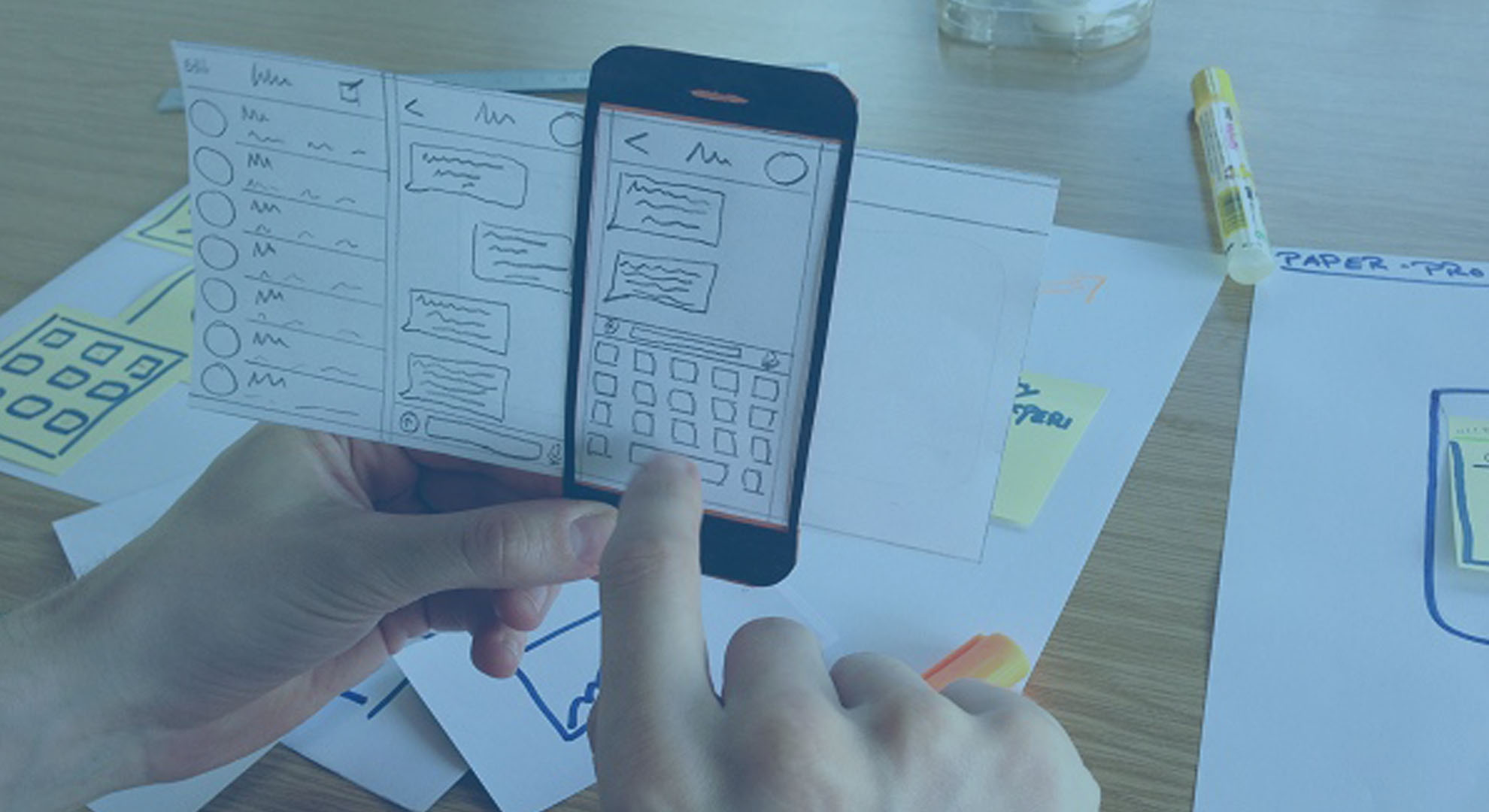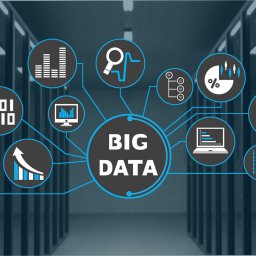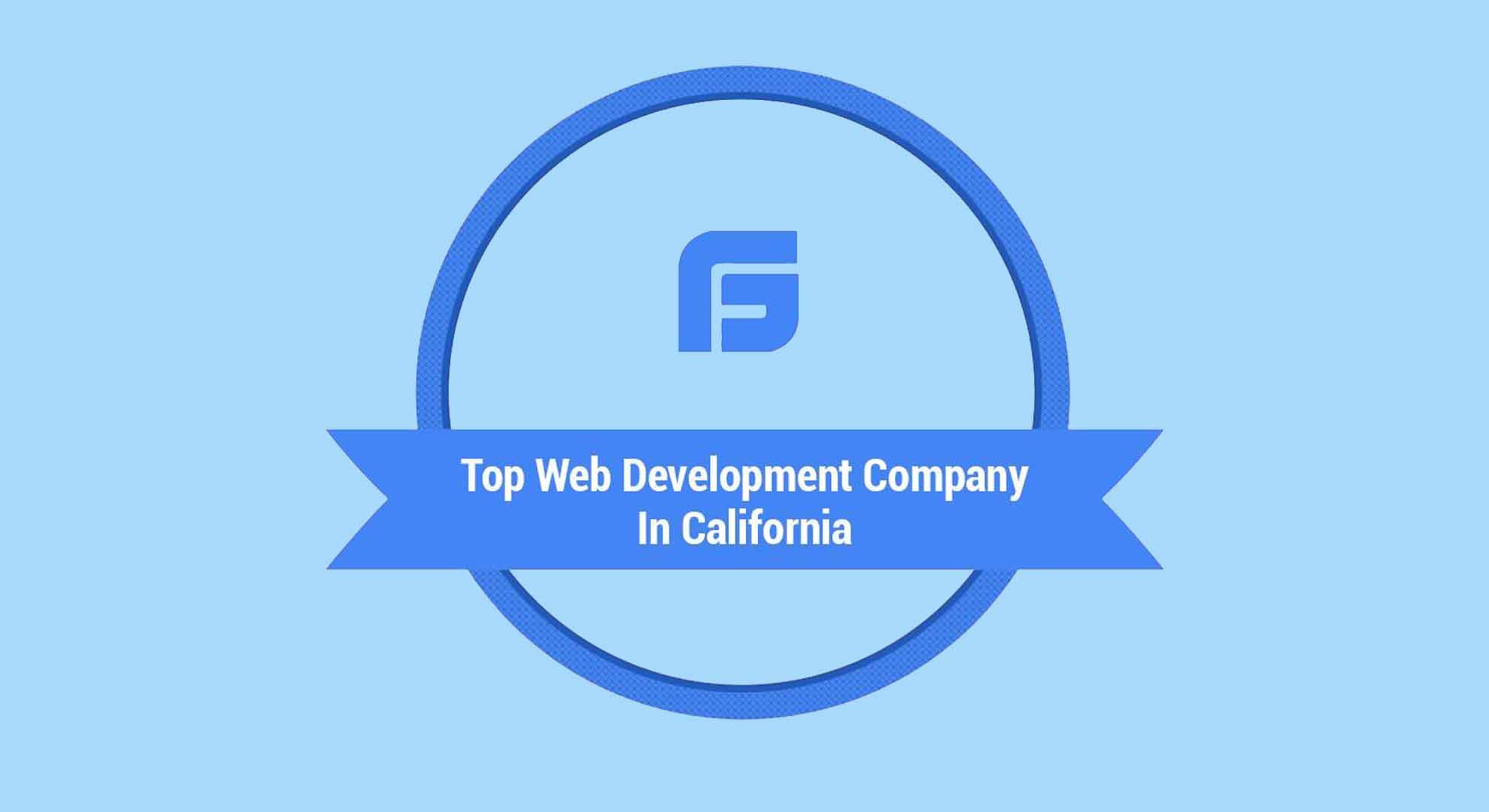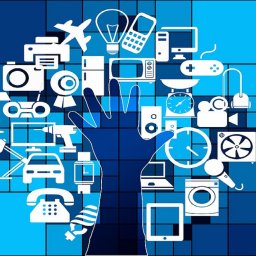A True Game Changer
The Internet of Things, or IoT, is totally transforming modern corporate infrastructure. Even at the SMB level, utilization of IoT is completely changing the game.
Where before, a company with up to 150 employees may have needed as many as three employees in HR, with IoT tech, operational management difficulties are reduced such that only one individual may be needed.
Certainly, this will differ per business, but there are a lot of things to consider here. Even if you’re not looking at IoT to reduce personnel costs, those who are hiring are going to encounter situations where IoT tech influences operations. Following, we’ll consider BYOD, MDM, IoT, DaaS, decentralization, and other issues prescient to HR in the coming years.
BYOD, IoT, DaaS, and MDM
BYOD stands for Bring Your Own Device. Basically, you can totally decentralize office infrastructure if your business will allow it—and many white-collar operations are perfectly suited for such operational design. Tablets, laptops, smartphones, and other IoT portals can make it possible for workers to accomplish tasks related to operations from any location.
MDM, or Mobile Device Management, is something HR people will have to consider as a result. Devices need to be consolidated as it’s possible under a security paradigm. You need to be able to update, shut down, and upgrade devices remotely as necessary. Additionally, it’s integral that devices can be rejected from a network if it develops that they represent a threat.
Some businesses go in for DaaS, or Device as a Service. Essentially, they float network databases over the cloud, using cloud options for varying design purposes, and even incorporating monitoring options to keep an eye on the network. To keep everything on the same page, they “rent” end-user portals at a subscription fee, distributing those to employees.
Should a portal break down, it can be exchanged with another. Since operations are done on the cloud, all data is stored there, so individual access portals aren’t necessary for generating or storing information. In HR, you’ll want to be prepared to hire for outsourced networks and devices in such a capacity or to hire in-house personnel for IoT applications management.
Internal Applications Of IoT For HR
Also, part of IoT utility will involve internal applications of this tech innovation. You might incorporate the Applicant Tracking Systems into HR infrastructure which “floats” personnel databases, allowing for total access where proper credentials and a trusted web connection are achievable. This streamlines hiring and reduces the need for additional HR personnel.
As decentralized office infrastructure steadily erodes the need for central locations of business, HR itself may begin to “float” in future years. If you’ve got applicant tracking systems and monitoring options available, you can hire and fire employees remotely, manage their accounts, manage their devices, and never leave your home office.
Going the cloud route provides public and private options, and no longer is there a need for internal servers. You can get faster, more secure, professional, cutting-edge solutions at a monthly subscription cost that is several levels of magnitude lower than the cheapest on-site server array. There’s storage, transportation, management, backup, and upgrade to consider.
With outsourced cloud-based networks, all those costs can be rescinded. Coupled with a BYOD campaign, you can save resources on transit, parking, maintenance, office space, and equipment. DaaS can also cut equipment costs, and help balance MDM realities. Altogether, you could do the work of a 150-person company with maybe 50 people, if you do this right.
Managing Remote Assets
Solid HR will be key in maximizing remote assets and owing to the potentiality for increased profitability at reduced operational cost, it’s to be expected such decentralization will increasingly define the job market. You’ll need to learn what kind of “remote” employees can properly serve your company, and which ones can’t.
IoT facilitates freedom. Freedom can lead to reliability from the right people: they value the gift that decentralization affords them, and so work harder to finish tasks for their employer. However, some employees will abuse this freedom and end up having a negative impact on your company.
It’s integral for those in HR today to understand where IoT impacts hiring and firing of personnel. Additionally, their forward management through business cycles is now augmented. It’s possible you could hire someone who provides top-tier work for five years, and never meet that person owing to remote work solutions.
The Future
Accordingly, in the coming years, HR needs to keep a close eye on how IoT is impacting the workforce. Decentralization is going to be a big factor, and the sort of people that make up your new-hires will additionally shift.
It’s possible that basic statistical output may be more indicative of a “fit” for a new-hire than their personality or appearance. Essentially, IoT is further refining hiring practices to exact specifications. An additional wrinkle is increasing personnel surface area while reducing individual expectations of personnel.
Instead of twenty employees working forty hours a week, you’ve got forty working twenty hours a week and accordingly, save on associated overtime costs. BYOD and IoT make such a thing more feasible than it’s been, and you’ll want to know all your options going forward.

